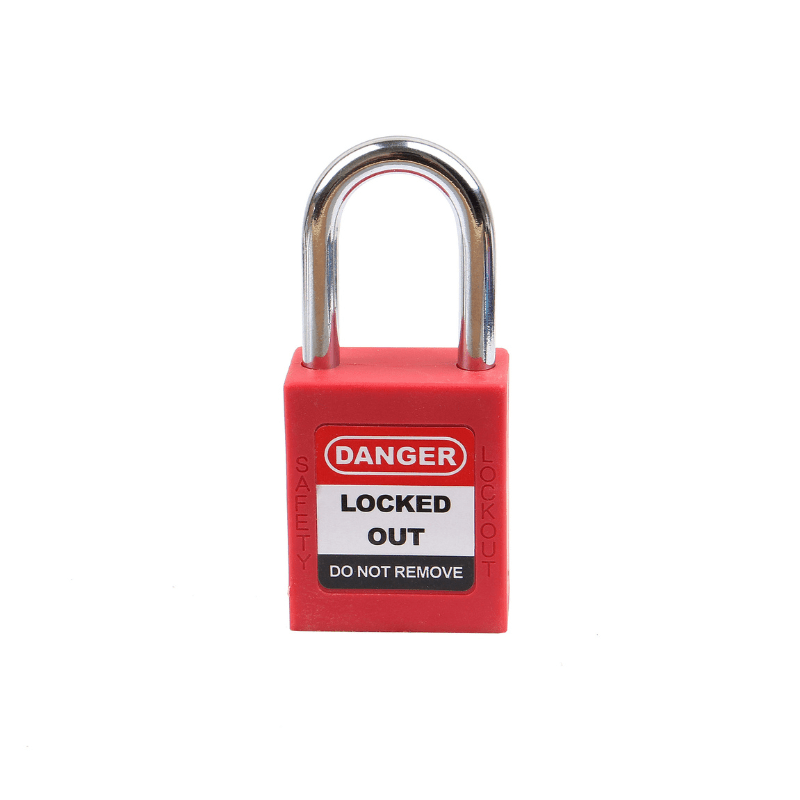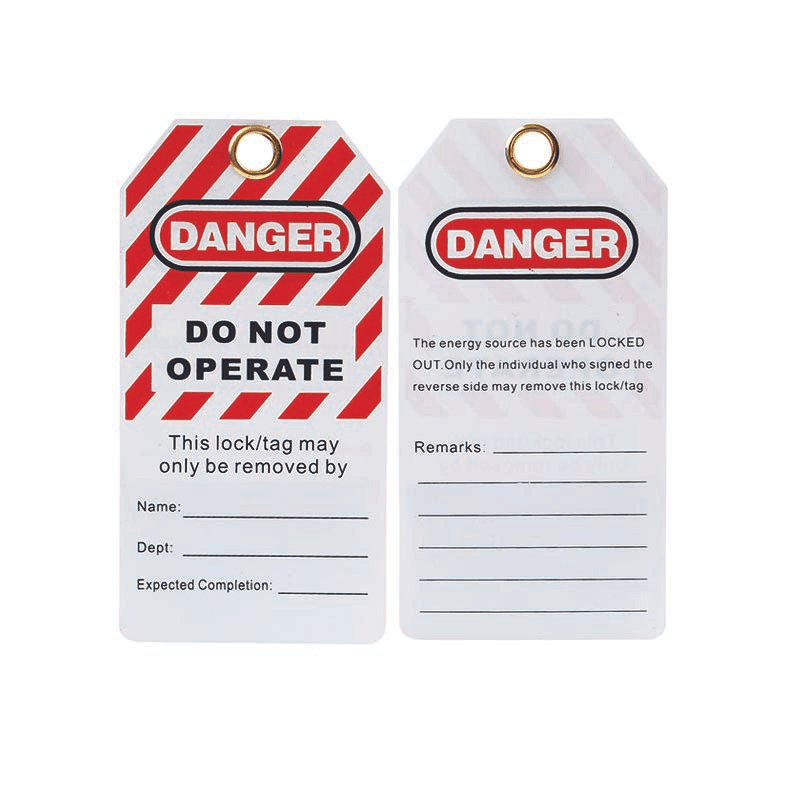ISO 7010 is an international standard that specifies the shapes, colors, and graphical symbols for safety signs used in the workplace and in public areas. The development of this standard was driven by the need for a consistent and universal approach to safety signage, ensuring that safety messages are easily understood across different languages and cultures.
Origins and Initial Efforts
The idea of standardizing safety signs dates back to the early 20th century, as industrialization increased the need for clear and effective communication of safety information. However, it wasn't until the latter half of the century that significant progress was made towards developing comprehensive standards.
In 1984, the International Organization for Standardization (ISO) published ISO 3864, which provided guidelines on the use of safety colors and safety signs. This was a precursor to ISO 7010 and laid the groundwork for future developments by establishing the basic principles for safety sign design, including color schemes and shapes.
The Birth of ISO 7010
The need for a more detailed and specific standard became apparent, leading to the creation of ISO 7010. The initial version of ISO 7010 was published in 2003. This standard aimed to provide a consistent set of graphical symbols for safety signs, ensuring that they were easily recognizable and understandable globally.
ISO 7010 was developed through a collaborative process involving experts from various countries and industries. The goal was to create symbols that conveyed safety messages quickly and effectively, without relying on text that might not be understood by everyone. The symbols were designed to be intuitive, reducing the learning curve for understanding their meanings.
Key Features and Updates
ISO 7010 includes symbols for different categories of safety signs:
- Prohibition Signs: Indicating actions that are not allowed (e.g., no smoking).
- Mandatory Signs: Indicating actions that must be taken (e.g., wear safety helmets).
- Warning Signs: Indicating potential hazards (e.g., high voltage).
- Emergency Information Signs: Indicating the location of emergency facilities (e.g., exits).
- Fire Safety Signs: Indicating the location of fire-fighting equipment (e.g., fire extinguishers).
Each symbol in ISO 7010 is designed with specific colors and shapes to ensure consistency. For example, prohibition signs are circular with a red border and a white background, featuring a black pictogram.
Since its initial publication, ISO 7010 has undergone several revisions to incorporate new symbols and improve existing ones based on feedback from users and technological advancements. The standard is regularly reviewed and updated to ensure it remains relevant and effective.
The Adoption and Implementation Process
The adoption of ISO 7010 varies by country and industry. In many regions, adherence to ISO 7010 is voluntary but highly recommended, as it helps ensure compliance with local safety regulations and enhances workplace safety. In the European Union, for example, the standard is widely adopted and integrated into various directives related to workplace safety and health.
Companies that implement ISO 7010 benefit from improved safety communication and reduced risk of accidents. The standardized symbols help create a consistent and recognizable safety environment, which is particularly beneficial for multinational companies with a diverse workforce.
Benefits of Using Standardized Safety Signs
-
Universal Understanding Standardized safety signs transcend language barriers, making them understandable to workers from different backgrounds. This is especially important in multinational workplaces or in regions with a diverse workforce.
-
Compliance with Regulations Adhering to ISO 7010 helps companies comply with international safety regulations and standards, such as those set by the European Union. This compliance not only ensures legal adherence but also fosters a culture of safety within the organization.
-
Enhanced Safety Awareness Consistent and easily recognizable signs enhance safety awareness among employees. Frequent exposure to these signs helps reinforce the importance of safety protocols and precautions, reducing the likelihood of accidents.
-
Increased Efficiency Clear and standardized signs facilitate quicker understanding and response in emergency situations. For example, standardized exit signs can guide employees swiftly to safety during an emergency, minimizing confusion and potential injuries.
-
Brand Reputation Demonstrating a commitment to safety through the use of standardized signs can enhance a company's reputation. It shows that the organization values its employees' well-being and adheres to global safety standards, which can be attractive to clients, partners, and prospective employees.
-
Legal Liability Reduction By following ISO 7010 standards, companies can reduce their legal liability in the event of an accident. Proper signage can serve as evidence that the company has taken necessary precautions to inform and protect its workers, which is crucial in legal proceedings.
Implementing ISO 7010 safety signs is a vital step towards creating a safer workplace. These standardized signs not only help in meeting regulatory requirements but also play a significant role in preventing accidents, enhancing safety awareness, and improving overall workplace efficiency. By prioritizing the use of ISO 7010 safety signs, organizations can foster a culture of safety and protect their most valuable asset – their employees.
For more information on safety signage and to explore our range of ISO 7010 compliant products, visit our safety signage section.



